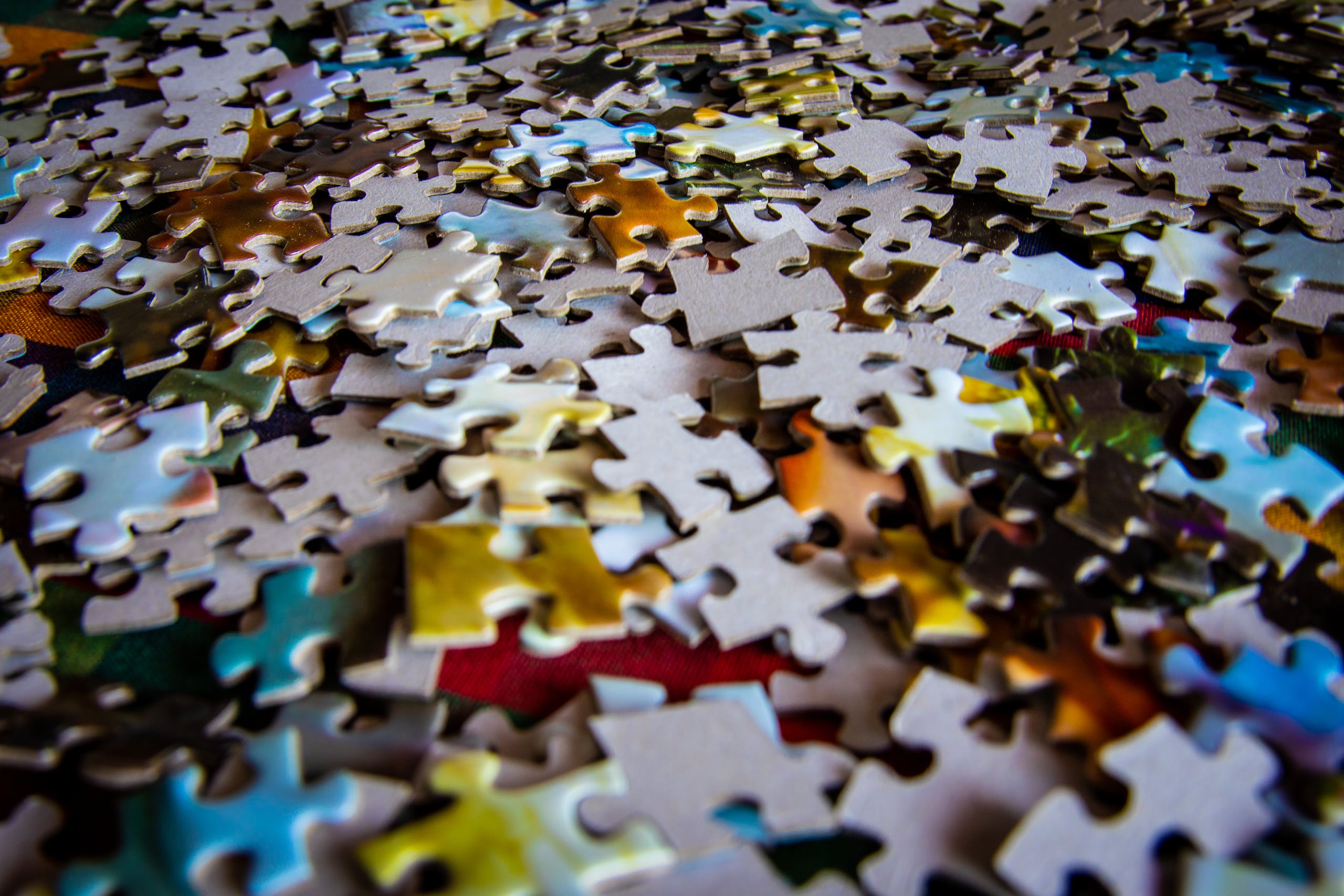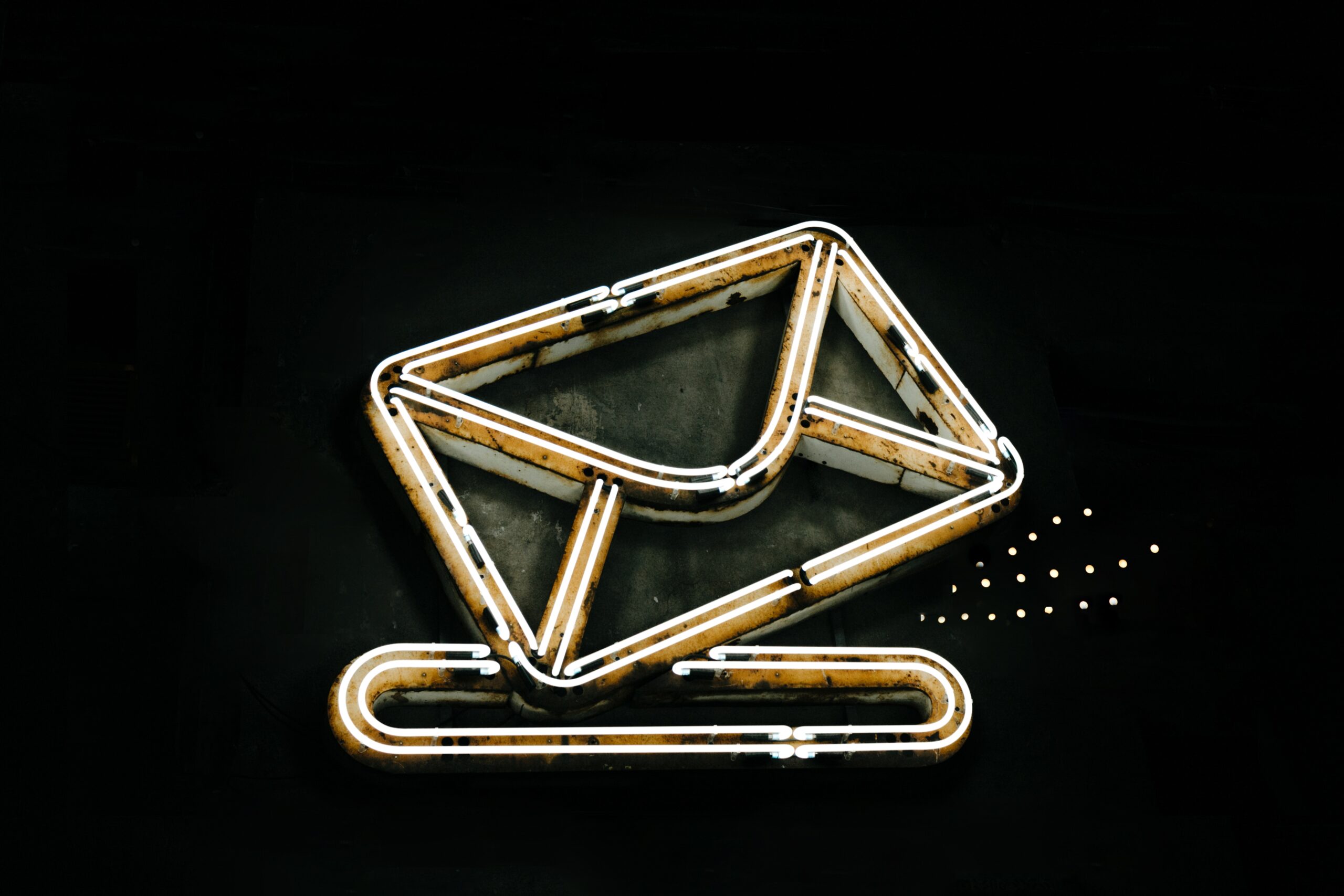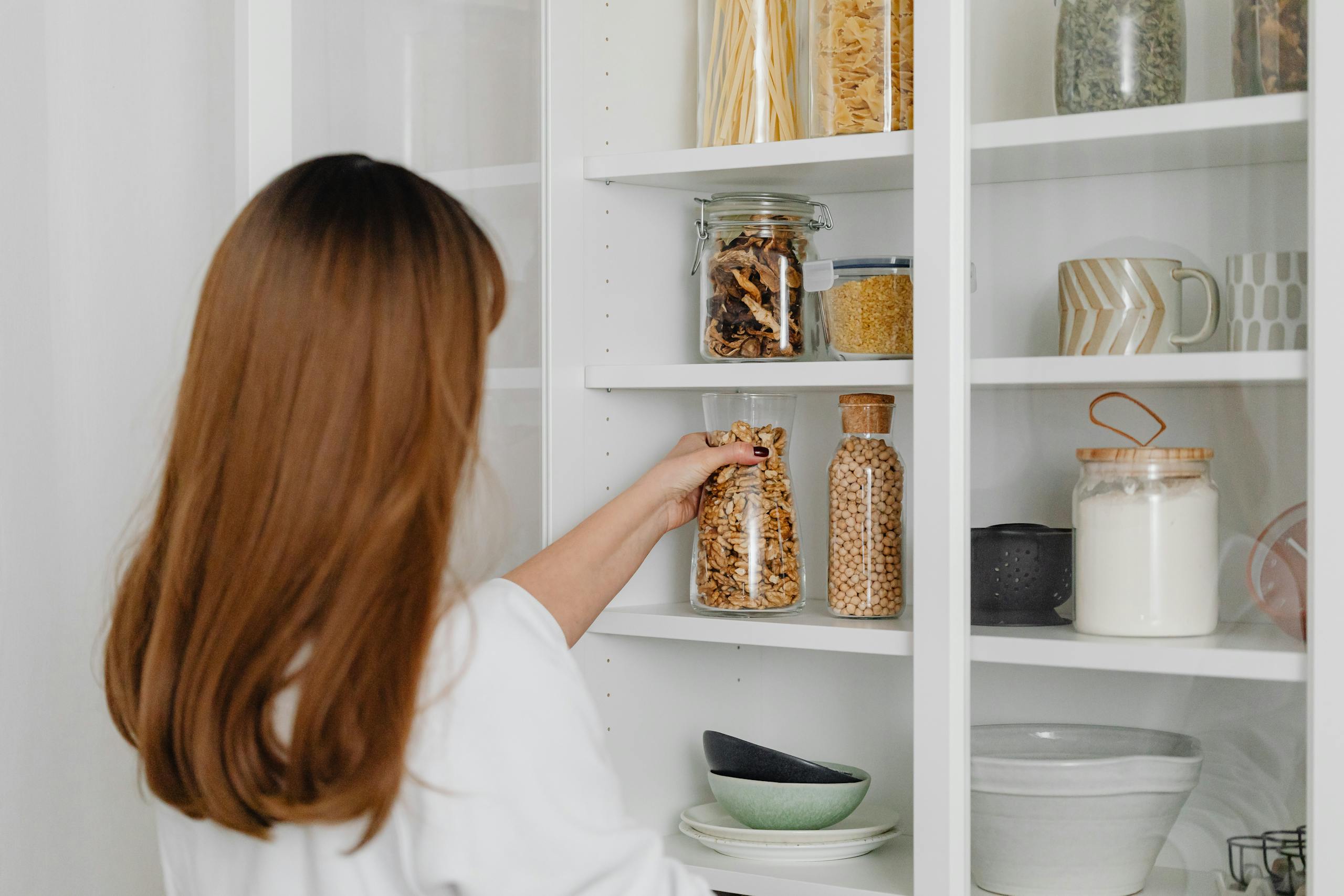How to Laminate a Puzzle: A Step-by-Step Guide
There are some affiliate links below, but they are all products I highly recommend. For more info, view my disclosure here.
If you’re an avid puzzler, you know how satisfying it is to complete a challenging jigsaw puzzle. But what happens when you want to preserve that completed puzzle for years to come? That’s where lamination comes in. Laminating a puzzle not only protects it from damage but also allows you to display it without worrying about pieces falling out of place.
To start, you’ll need to gather a few materials. You’ll need a large enough piece of laminate paper to cover your completed puzzle, as well as a laminating machine. You can find these at most office supply stores or online. It’s important to make sure your puzzle is completely finished before you begin the lamination process. Any missing pieces or loose connections will be permanently sealed in place.
Once you have your materials, it’s time to get started. Lay your completed puzzle onto the laminate paper, making sure it’s centered and straight. Carefully cover the puzzle with the laminate paper, smoothing out any bubbles or wrinkles as you go. Then, feed the covered puzzle through the laminating machine, following the manufacturer’s instructions. Once it’s finished, trim any excess laminate paper from the edges and your puzzle is ready to display!
Preparing the Puzzle for Lamination
Before you start laminating your puzzle, you need to prepare it properly. This involves assembling the puzzle, securing the puzzle pieces, and cleaning the puzzle surface. Here are the steps you need to follow:
Assembling the Puzzle
Assemble the puzzle on a flat surface, making sure that all the pieces fit together perfectly. Check the edges of the puzzle to ensure that they are aligned correctly. If you find any pieces that don’t fit properly, remove them and try again. Once you have assembled the puzzle, place a sheet of wax paper over the top to protect the surface.
Securing the Puzzle Pieces
To prevent the puzzle pieces from shifting during lamination, you need to secure them in place. You can do this by applying puzzle glue to the back of the puzzle. Use a brush to spread the glue evenly over the surface, making sure to cover all the pieces. Allow the glue to dry completely before proceeding.
Cleaning the Puzzle Surface
Before laminating the puzzle, you need to clean the surface to remove any dirt or debris. Use a soft, dry cloth to wipe the surface gently, making sure not to damage the puzzle pieces. If there are any stubborn stains, you can use a damp cloth to remove them, but be careful not to soak the puzzle.
By following these steps, you can prepare your puzzle for lamination and ensure that it comes out looking great. Remember to take your time and be careful, and you’ll have a beautifully laminated puzzle in no time!
Choosing Lamination Materials
When it comes to laminating a puzzle, choosing the right materials is crucial to ensure a successful outcome. There are a variety of materials available, each with their own advantages and disadvantages. In this section, we will explore some of the most common options and help you decide which one is best for your puzzle.
Puzzle Glue Options
One of the most popular options for laminating a puzzle is puzzle glue. Puzzle glue is specially formulated to be used on puzzles and is designed to provide a strong, long-lasting bond. Puzzle glue comes in both liquid and adhesive sheet form, making it easy to find a product that fits your needs.
Liquid puzzle glue is applied directly to the puzzle using a brush or sponge. Use a thin, even layer to avoid clumping or wrinkling. Adhesive sheets, on the other hand, are pre-cut to the size of your puzzle and simply need to be applied to the back of the puzzle. This option is quick and easy, but may not provide as strong of a bond as liquid glue.
Adhesive Alternatives
If puzzle glue isn’t your preferred option, there are a variety of adhesive alternatives available. Adhesive sheets, spray adhesive, roll of clear contact paper, and duct tape are all options that can be found at your local craft store.
Adhesive sheets are a quick and easy option, similar to puzzle glue adhesive sheets. Spray adhesive can be applied in a thin, even layer, but it is important to use caution to avoid overspray. Roll of clear contact paper can be used to cover the front and back of the puzzle, but it may not provide as strong of a bond as other options. Duct tape is a strong adhesive option, but it may be difficult to apply evenly and can be difficult to remove if needed.
Mod Podge is another popular option that can be found at your local craft store. It is a versatile adhesive that can be used for a variety of projects, including laminating puzzles. Mod Podge can be applied using a brush or sponge and dries clear, providing a protective layer over the puzzle.
Ultimately, the best option for laminating your puzzle will depend on your personal preferences and the specific needs of your puzzle. Consider the size and shape of your puzzle, as well as the level of protection and durability you are looking for when choosing a lamination material.
Laminating the Puzzle
When it comes to preserving your completed puzzle, laminating is a great option. This process will protect your puzzle from damage, preserve its colors, and allow you to display it for years to come. Here are some methods for laminating your puzzle:
Using Laminating Machines
Laminating machines are a popular choice for laminating puzzles because they are fast, easy to use, and produce professional-looking results. Here are the steps to follow:
-
First, choose the right size of laminating pouch for your puzzle. Make sure the pouch is slightly larger than your puzzle so that it will fully encapsulate it.
-
Place your puzzle inside the laminating pouch, making sure it is centered and straight.
-
Run the pouch through the laminating machine, following the manufacturer’s instructions. Be sure to let the machine fully heat up before use.
-
Once the pouch has been laminated, trim away any excess material around the edges of the puzzle.
Manual Lamination Methods
If you don’t have access to a laminating machine, there are still ways to laminate your puzzle manually. Here are some methods to try:
-
Puzzle Glue and Poster Board: First, glue your puzzle to a piece of poster board using puzzle glue. Once the glue has dried, cover the puzzle with a layer of wax paper and use a rolling pin to flatten any bubbles or wrinkles. Then, cover the puzzle with another layer of poster board and weight it down with heavy books for 24 hours. Remove the wax paper and your puzzle will be laminated.
-
Parchment Paper and Iron: First, place your puzzle on a piece of parchment paper. Then, cover the puzzle with another piece of parchment paper and iron it on a low heat setting. Be sure to keep the iron moving to avoid scorching the paper. Once the puzzle has been ironed, let it cool and then trim away any excess parchment paper.
No matter which method you choose, laminating your puzzle will help protect it and keep it looking great for years to come.
Display and Preservation
When it comes to displaying and preserving your laminated puzzle, there are a few options to consider. This section will cover mounting options as well as framing and hanging.
Mounting Options
Mounting your laminated puzzle is a great way to display it on a flat surface. There are a few options to consider when choosing a mounting option:
- Backer board: You can mount your puzzle on a piece of backer board using adhesive or double-sided tape. This will provide a sturdy backing for your puzzle and make it easy to move around.
- Piece of cardboard: Another simple way to mount your puzzle is to use a piece of cardboard as the backing. This is a cost-effective option that is easy to find and use.
- Coffee table or ceramic tile: If you want to display your puzzle on a flat surface, you can use a coffee table or ceramic tile as the base. This will provide a stable surface for your puzzle and make it easy to move around.
Framing and Hanging
Framing your laminated puzzle is a great way to protect it and display it on a wall. Here are a few options to consider when framing and hanging your puzzle:
- Frame: You can purchase a frame that is the same size as your puzzle and mount it using the included hardware. This will protect your puzzle from dust and damage and make it easy to hang.
- Backer board: Another option is to mount your puzzle on a piece of backer board and then frame it. This will provide extra support and protection for your puzzle.
- Piece of cardboard: If you don’t want to use a backer board, you can also mount your puzzle on a piece of cardboard and then frame it. This is a cost-effective option that is easy to do yourself.
No matter which option you choose, make sure that your laminated puzzle is displayed in a place that is easily accessible and protected from dust and damage.






